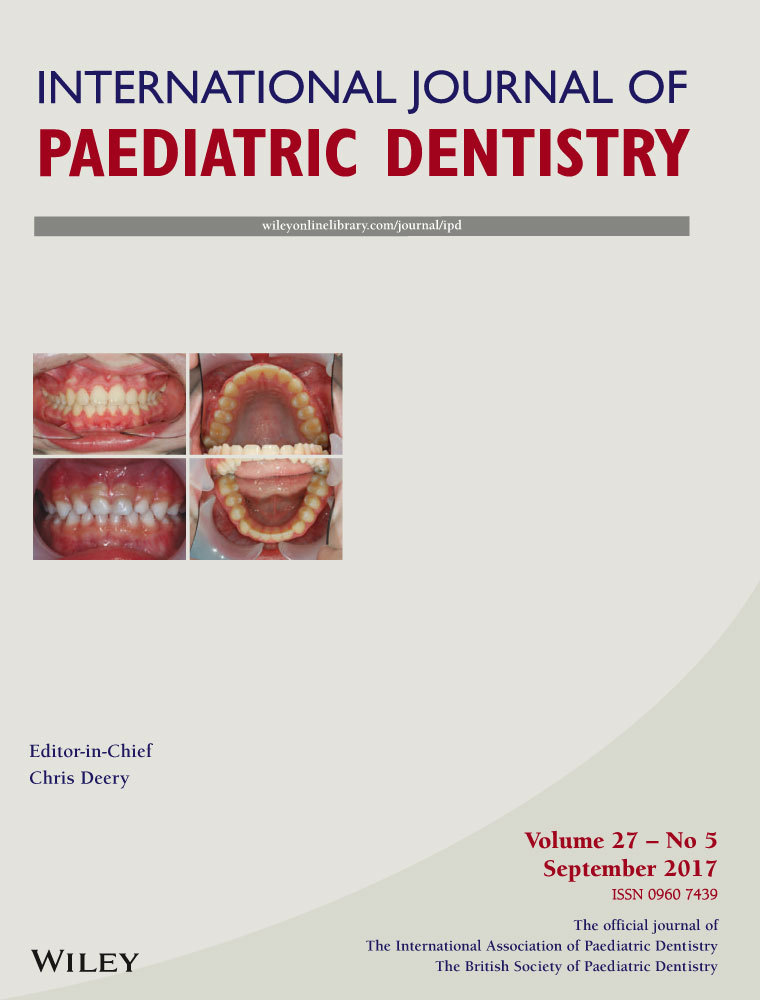Diagnostic accuracy of the use of parental-reported sleep bruxism in a polysomnographic study in children
Abstract
Background
Polysomnography (PSG) is the gold standard for sleep bruxism (SB) diagnosis. PSG/SB children's criteria are not available; thus, parental-report SB is widely used.
Aim
Assessing the diagnostic accuracy of parental report of sleep tooth grinding (STG) with a PSG/SB diagnosis in children, adopting adult criteria.
Design
Thirty-seven children from clinics of Universidad CES were included. Parents filled the Children's Sleep Habits Questionnaire (CSHQ) assessing the single-observation report – CSHQ – of STG with a No/Yes answer and five ordinal answers. A 5-day diary reporting the presence/absence of STG (multiple-observation report) was also completed. Each child underwent a single-night PSG study. Sensitivity, specificity, positive predictive value, negative predictive value, accuracy, likelihood ratios, Spearman correlation coefficient, and Cohen's kappa coefficient were used to analyze data.
Results
Single observation, using No/Yes answer, showed acceptable specificity and NPV, while low PPV and sensitivity. Accuracy and likelihood ratios were low. When using the five ordinal answers, weak correlation and fair agreement (r = 0.34 and κ = 0.40) with PSG/SB adult criteria were found. Multiple-observation evaluation of STG presented moderate correlation and agreement (r = 0.50 and κ = 0.48).
Conclusions
Although multiple-observation report achieved better agreement than single-observation report, our results failed supporting the validity of report strategies for the diagnosis of SB in children, as an equivalent of PSG/SB adult criteria.




